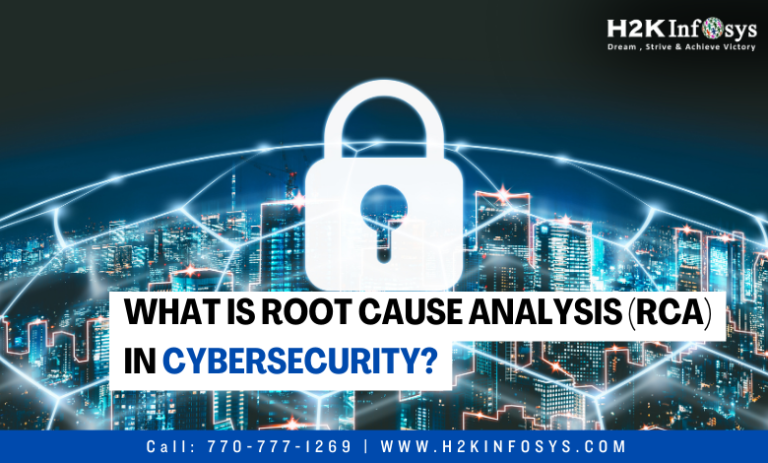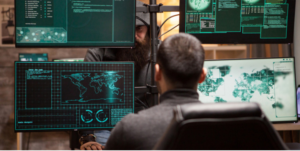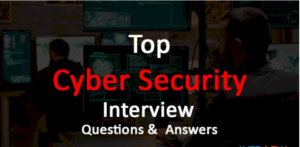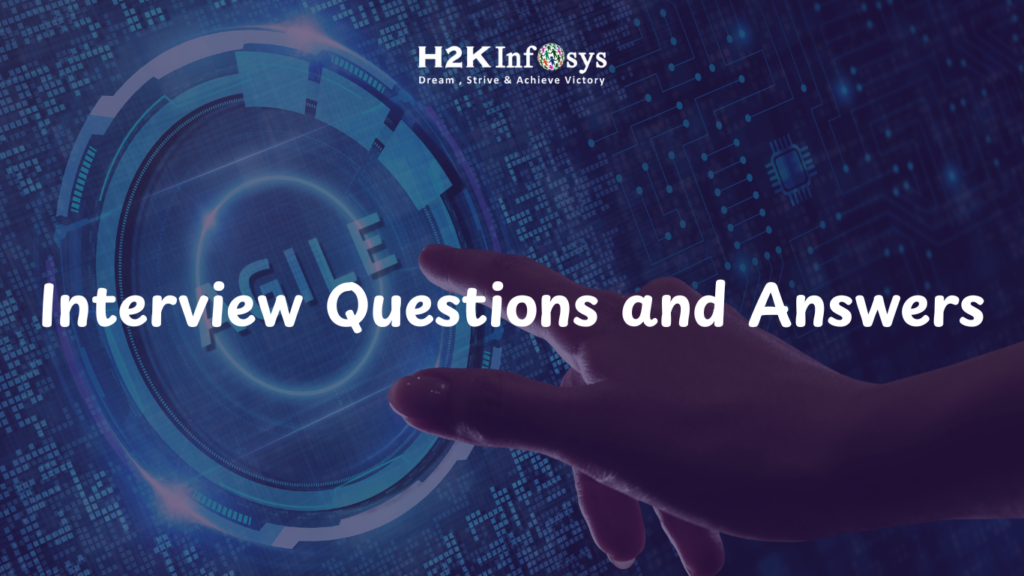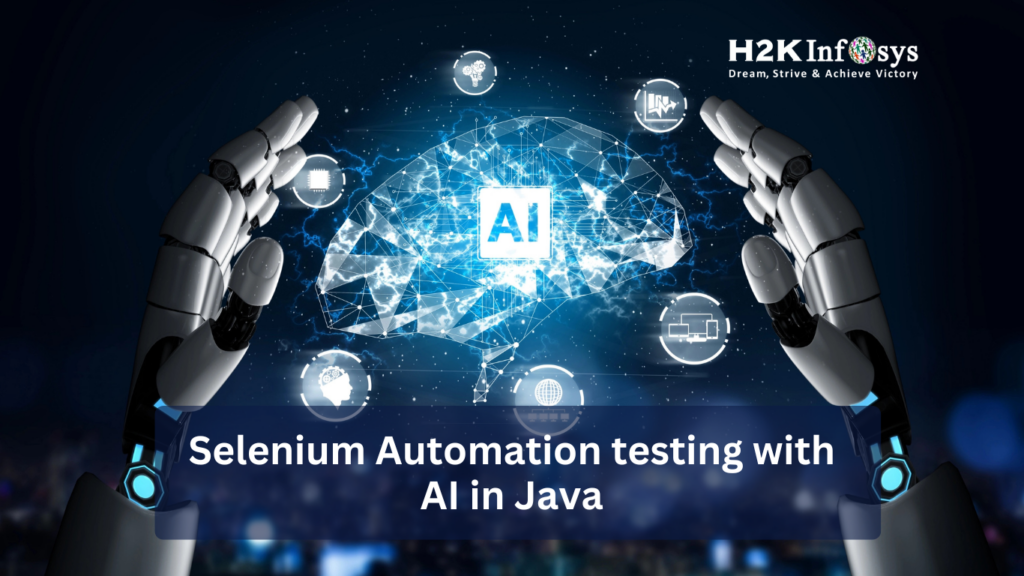Many cybersecurity and IT problems have origins that are not always immediately obvious. For instance, a computer may have unexpectedly restarted, causing an application to crash; nevertheless, the main cause of the incident may have been a momentary power loss. Finding the primary cause of an occurrence is the goal of the root cause analysis (RCA) procedure.
IT and security professionals can find these root causes with the aid of RCA. This helps them to deal with these problems and stop similar situations from happening in the future. Check out the cyber security training online to learn more.
When is a Root Cause Analysis Needed?
Whenever something goes wrong, root cause analysis is helpful. According to cybersecurity experts, this might represent a cybersecurity event or a rise in corporate software vulnerabilities. Performance problems or inefficiencies in business networks and systems may be the main focus of root cause analysis from an IT standpoint.
RCA can help teams identify the true cause of an issue, which makes it helpful in these kinds of situations. RCA helps teams identify the root cause of problems and stop them before they become worse by preventing incidents from happening again.
Goals of RCA
RCA is a procedure intended to investigate the true causes of an undesired event. Among the main objectives are:
- Causal Factor and Root Cause Identification: Root Cause Analysis (RCA) determines the immediate causes of an issue and then works backwards to find the root cause. Finding the initial problem that gave rise to one or more additional issues is the ultimate objective.
- Take Care of the Causes: After determining the underlying reason, the team can create procedures, instruments, etc. to deal with it. To teach developers about vulnerabilities, for instance, and stop them from arising and being used against them in business programs, more training could be required.
- Prevent Future Incidents: An organisation can lessen the likelihood of a root cause reoccurring and initiate the series of events that culminate in an incident by addressing it. Consequently, the company encounters a reduced number of events.
- Improve Visibility: RCA gives teams information about the root causes of typical issues. Even in cases when these problems are unavoidable, the team can more readily employ monitoring to identify and address the underlying reasons as soon as they arise.
- Enhance Incident Response: The efficiency and speed of incident response are also improved by a grasp of the underlying causes. The capacity to quickly identify the source of an issue and take action to address it lessens its impact and speeds up reaction times.
Types of Root Causes
Causal factors are not the same as root causes. Although causative elements could exacerbate a problem, they do not cause it. An incident’s primary cause can be one of several problems, such as:
- Physical: A component or system’s physical failure may be the root cause of a problem. For instance, a major server’s power supply failure could result in the loss of a crucial application.
- Human: Whether on purpose or by mistake, a human might be the cause of an incident. Applications used by a company could malfunction, for instance, if faulty code is released into production.
- Organisational: Erroneous procedures, guidelines, etc., can also result in incidents. For instance, a crucial facility can be understaffed or a crucial duty might unintentionally go unassigned.
Root Cause Analysis Principles
When implemented correctly, root cause analysis (RCA) can be a useful technique for streamlining processes and fixing security incidents. Among the fundamental ideas of RCA are:
- Provide a detailed description of the issue.
- Engage every stakeholder.
- Make a distinction between root causes and causative components.
- Find the core causes by iterating and using trial and error.
How to Perform Root Cause Analysis
There are numerous methods for carrying out root cause analysis. The “Five Whys” approach is one of the most popular, where the team constantly questions “why” something occurred. This method will assist in tracking back through the sequence of occurrences till the question “why?” remains unanswered. The underlying reason has now been found.
Additionally useful in tracking the sequence of events and locating possible core reasons is visualisation. Fishbone diagrams allow the team to methodically investigate many possible reasons for the occurrence, making them a valuable tool in this regard.
Data and context are essential for the RCA process to be successful. For the purpose of creating a chronology and determining probable reasons within the series of events that lead from the root cause to the conclusion, the team will require techniques for gathering and organising data from various sources.
Conclusion To go from the outcome to the main cause, root cause analysis necessitates an understanding of the processes in place within an organisation as well as the possible reasons for a problem. To learn more, check out our cyber security course online.
